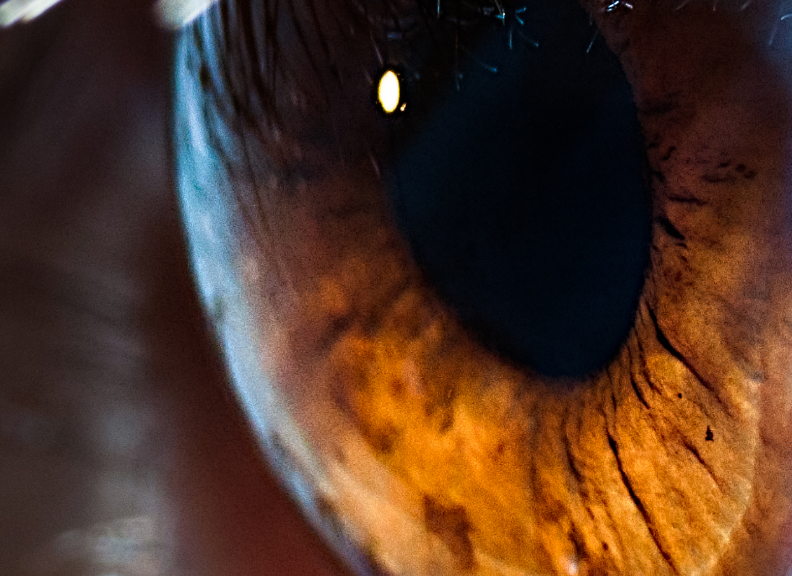PROJECT
Prosopagnosia research
What is prosopagnosia?
Prosopagnosia (or face blindness) refers to a selective difficulty in recognizing familiar people by their faces. It can be a very debilitating condition, and severely affected individuals fail to recognize faces of family members or even themselves. Prosopagnosic individuals are typically able to acknowledge that a face is present, but are unable to identify it. In everyday life, they are therefore forced to rely on cues such as voice or clothing to identify familiar people.
What are the causes of prosopagnosia?
Prosopagnosia has mostly been documented as a consequence of brain damage (e.g. traumatic brain injury or stroke) in adulthood, in which case it is referred to as acquired prosopagnosia. If, on the contrary, the deficit arises as a consequence of a brain injury or a neurological condition affecting the brain during childhood (i.e. when normal face recognition skills are still developing), it is referred to as developmental prosopagnosia.
A third form of the condition, congenital prosopagnosia, refers to a face recognition deficit apparent from early childhood in the absence of an acquired lesion or any other neurological concomitant, and in the context of intact sensory and intellectual functioning.
There is growing evidence suggesting that there might be a familial factor in congenital prosopagnosia. However, potential candidate genes and their role in the development of neuropsychological mechanisms involved in face perception remain to be established.
What are we currently investigating?
- How individuals with prosopagnosia process faces and other types of visual information such as objects and letters
- How face processing skills develop during childhood in individuals with and without prosopagnosia
- Whether there might be an underlying genetic basis to congenital prosopagnosia
- Whether face processing skills can be improved in individuals with prosopagnosia through specifically targeted training programs
- Whether individuals with prosopagnosia show normal visual scan paths for faces (i.e. whether they focus on the same features when looking at a face as individuals without face recognition difficulties)
- Determining what brain regions and neural functions are affected by prosopagnosia through functional magnetic resonance imaging (fMRI), event-related potentials (ERP) and magnetoencephalography (MEG)
Interested in participating in research?
Our current understanding of prosopagnosia is only limited, and further research is needed to clarify the nature of this rare condition. By participating in research we also hope that you will gain some insight into the nature of your face processing abilities. If you or any of your family members are experiencing face recognition difficulties, and if you're interested in participating in research, please register with us.
Our research aims to clarify the types of visual impairments people with prosopagnosia have and to develop treatment methods to assist people with prosopagnosia. Many thanks to Dr. Brad Duchaine for allowing us to use portions of his online questionnaire.
Participant Information and Consent Form (PDF 145KB)



